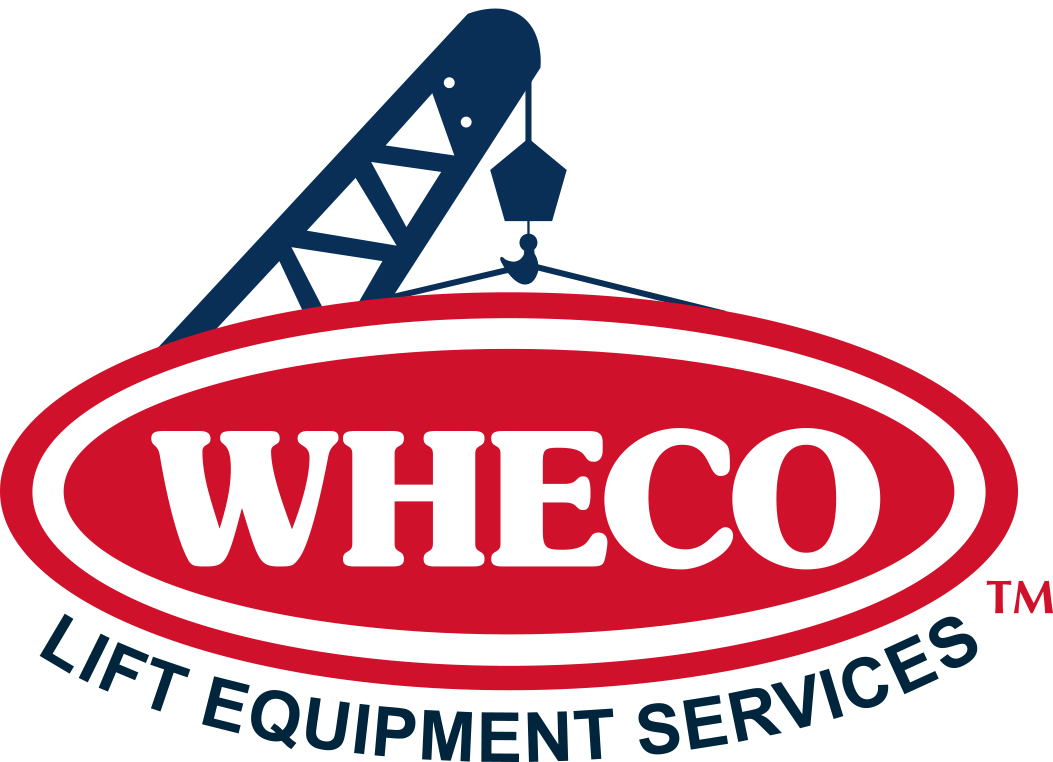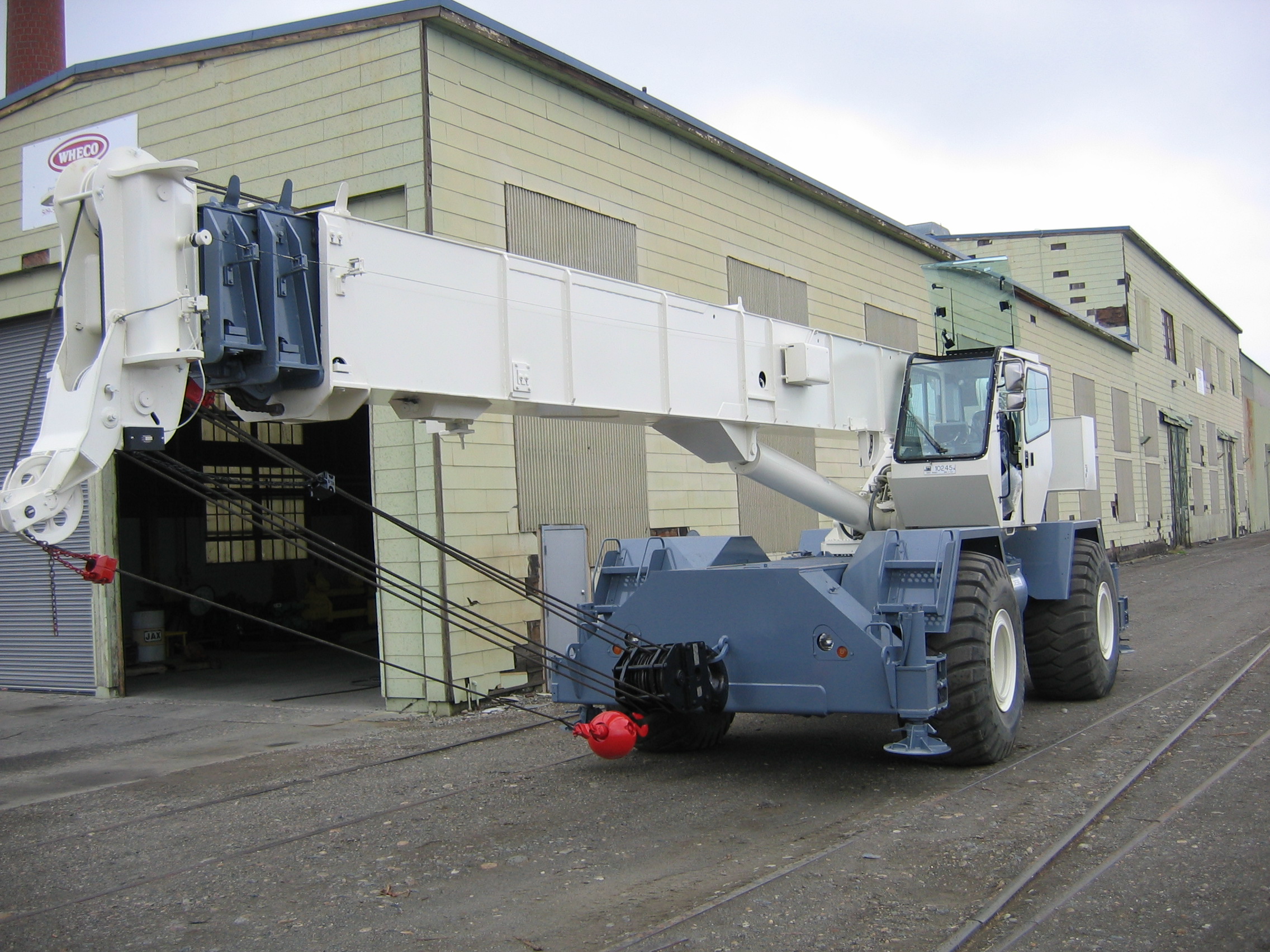WHECO’s own Dave Wood discusses why structural repair requires stringent processes and consistent procedures in the December 2020 American Cranes & Transport magazine.
WHECO found itself part of the lifting equipment business almost 30 years ago when it had some structural work performed by a third party on a crane it was repairing for a customer. The repaired weldment did not meet WHECO’s quality expectations, which was problematic. Our team determined that a better method needed to be developed.
We reached out to structural engineers with crane design experience, a third party welding consultant who was the dean of the local welding college, a local third-party non-destructive testing company and its customers. WHECO even reached out to Federal OSHA to research its requirements. With this information, we started WHECO’s structural repair division.
The company set up its facility with the proper tools and personnel. The saying “if you build it they will come” applied and business flourished.
But we quickly learned that not all weldments can be repaired, either to a safe condition or economically. Consequently, WHECO developed its own internal repair processes to assure consistency in its approach.
When we receive a request or inquiry for a repair, our team asks the customer all sorts of questions to help determine if the repair warrants going forward. WHECO first needs to know how the damage occurred as this gives clues as to the types of forces that may have been involved. We also request pictures of the damage and any surveys that may have been performed. If it is determined the Dave Wood discusses why structural repair requires stringent processes and consistent procedures. Structural repair is feasible, the customer is provided parameters of the repair sequence.
Once WHECO receives the damaged weldment, a full survey is performed to confirm whether the damage can be repaired safely and economically. The repair will fall under one of two paths forward: (a) an OEM approved repair where WHECO works with the manufacturer on a process; or (b) a third party engineer-approved repair. Either way, a proposal will be prepared and provided to the customer for its review and written approval.
OEM Cooperation
In the case of a third-party engineered repair, WHECO will provide the engineer with its survey as well as material samples taken, which determines the existing material and weld process to be used. If it’s an OEM repair process, the OEM will provide the material and welding process required. It should be noted that when WHECO started performing structural repairs, it had very little cooperation with OEMs. Now, 30-years later, many of its repairs are performed with the approval and cooperation of the OEMs. This was a welcomed change in the industry.
Once the repair process is received, WHECO moves forward. Weldments are placed into WHECO fabricated and designed jigs and fixtures. Hold points are established so that in-process welds can be tested by third-party non-destructive testing (NDT) companies. Final weld-out will also be tested and documented for the file.
On most projects WHECO will also NDT test welds not damaged – but in the general vicinity of the repair – to assure no hidden issues are present. Once complete, the repair will be prepped and painted. The goal upon completing a job is that the customer will not be able to see where the repair was made.
With each completed repair, WHECO will provide the initial survey of the weldment, the material sample results, Mill Certs on the replacement material, engineering or OEM documents, NDT results and the welder’s qualifications to the procedures required. This information is duplicated and kept on file.
Like other structural repair companies, WHECO has a firm policy of refusing to repair a piece of equipment that it does not deem safe or feasible to repair. It also will not modify a weldment without OEM or engineering approval.




